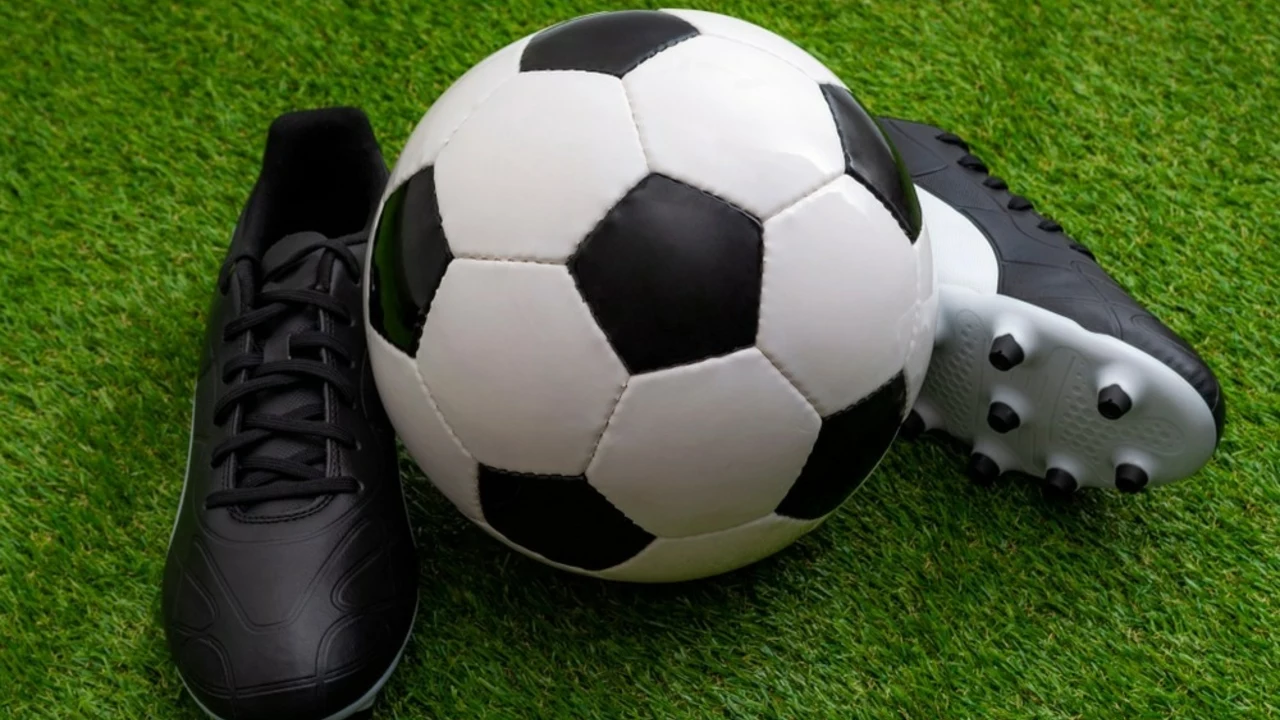Sports Equipment Comparisons: Soccer vs Football Cleats
Ever wondered why your soccer shoes feel like feather‑light runners while a football player's boots feel like sturdy armor? The answer lies in the way each sport moves and the forces it throws at your feet. Understanding those differences can save you money and keep you playing at your best.
If you’re shopping for gear, knowing the basics helps you avoid a mismatched pair that could slow you down or even cause injury. Below we break down the main reasons the two cleat types aren’t interchangeable, and give you simple tips for picking the right set.
Key Design Differences
First off, weight matters. Soccer cleats are built to be light so you can sprint, change direction, and strike the ball quickly. They often have a thin upper, minimal padding, and a streamlined shape. Football cleats, by contrast, add extra cushioning and ankle support because the game involves more tackling and sudden stops.
The stud pattern is another big factor. Soccer studs are usually uniform and small, spreading pressure evenly across the pitch for smooth grip on grass or artificial turf. Football studs come in varied shapes—some are long and pointed for deep ground bite, others are bladed for quick cuts. The pattern matches the player’s position: linemen need strong traction, receivers need agility.
Material choice follows the same logic. Soccer shoes often use synthetic leather or lightweight mesh to let the foot breathe. Football boots favor tougher leather or reinforced synthetics that can take hits and still hold up after a hard game.
Choosing the Right Pair
Start by asking what surface you play on most. If you spend most of your time on a well‑maintained grass field, a classic low‑profile soccer cleat will give you the balance you need. For muddy, uneven fields, a football boot with deeper studs can keep you stable.
Next, think about your role on the team. A midfielder who runs the whole field benefits from a lightweight, flexible shoe that lets the foot move freely. A defensive back in football needs ankle support and a stud layout that resists sliding.
Fit matters more than brand. Try the shoe on with the socks you’ll wear during matches and walk around the store. Your toes should have a little wiggle room, but your heel must feel locked in. If it slides, you’re looking at blisters or a loss of power.Finally, consider budget and durability. Cheaper models might tempt you, but they often wear out fast and lose grip. Investing a bit more in a reputable brand can give you a longer‑lasting pair and consistent performance.
Bottom line: soccer cleats are made for speed and quick footwork, while football cleats prioritize support and grip for rugged play. Pick the shoe that matches your sport, position, and playing surface, and you’ll notice the difference on the field right away.

- Jul, 27 2023
- 0 Comments
- Finnegan Callaghan
Why are soccer cleats different than football cleats?
So, you're wondering why soccer cleats and football cleats aren't identical twins, right? Well, first off, soccer cleats are like the ballerinas of sports footwear - they're lightweight and designed specifically for swift, agile movements. Football cleats, on the other hand, are more like the heavyweight boxers, with extra support for all the rough and tumble action. The cleat pattern is also different - soccer studs are uniform for even pitch grip, while football cleats have a variety for specific positions. In the end, it's like comparing apples and oranges, they're both made for kicking, but in very different ways!
Read More